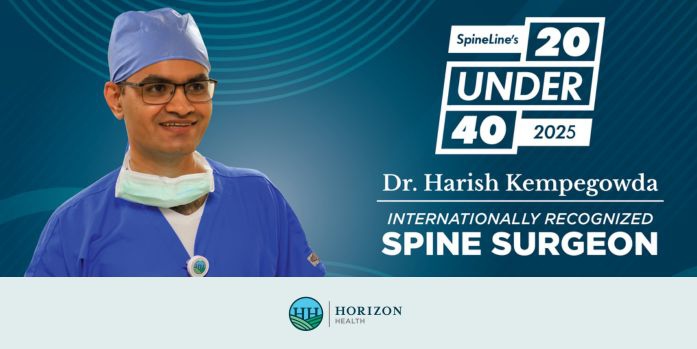What a pain in the... knee
- Category: Blogs, Orthopedics
- Posted On:

Knee pain can make everyday activities feel like a challenge.
Whether it is walking up the stairs, getting out of bed, or simply going for a stroll, knee osteoarthritis (OA) can significantly impact quality of life. The good news is that treatments are available to help manage pain and improve joint function—one of which is viscosupplementation.
Knee osteoarthritis is a degenerative joint condition where the protective cartilage in the knee gradually wears away. This breakdown leads to pain, swelling, stiffness, and decreased mobility. Over time, the loss of cartilage can cause bones to rub against each other, resulting in further discomfort and joint damage.
Factors that can contribute to the development of knee OA include normal aging, previous injuries, obesity, family history of osteoarthritis, and overuse.
While there is no cure for OA, several treatment options can help manage symptoms and improve function. These include weight management, low-impact exercise, and physical therapy. Over-the-counter pain relievers, prescription medications, topical creams, and patches can help manage discomfort. Other treatments include corticosteroid injections and hyaluronic acid injections (viscosupplementation).
Viscosupplementation
Viscosupplementation is a procedure where hyaluronic acid, a gel-like substance, is injected into the knee joint. Hyaluronic acid is naturally found in joint fluid and acts as a lubricant and shock absorber. In people with knee OA, this fluid becomes thinner and less effective. Viscosupplementation helps restore joint lubrication, reducing pain and improving mobility.
Viscosupplementation is generally recommended for individuals with mild to moderate knee OA who:
- Have not found relief from medications or physical therapy.
- Want to delay or avoid knee replacement surgery.
- Are looking for a minimally invasive treatment option.
Even with viscosupplementation, it is essential to adopt a holistic approach to knee health:
- Exercise regularly: This strengthens muscles around the knee.
- Maintain a healthy diet: Anti-inflammatory foods may help reduce joint pain.
- Use assistive devices: Braces, orthotics, or a cane can help relieve pressure on the knees.
If OA progresses and non-surgical treatments no longer provide relief, knee replacement surgery may be necessary. However, many patients find that viscosupplementation helps them manage symptoms effectively and delay surgery.


.jpg)
.jpg)